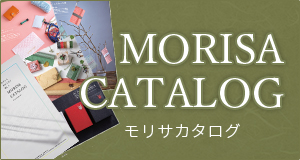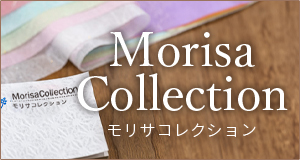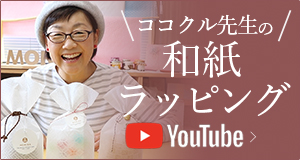オーダーの加工例
Laminating

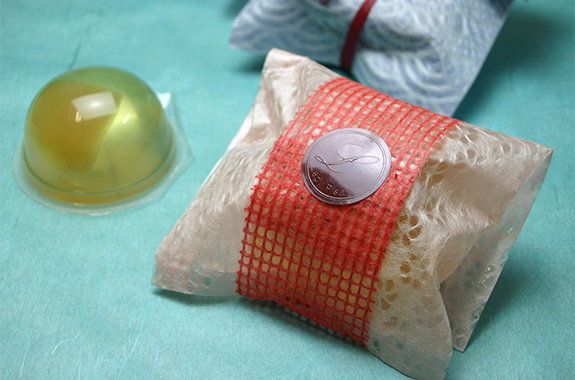
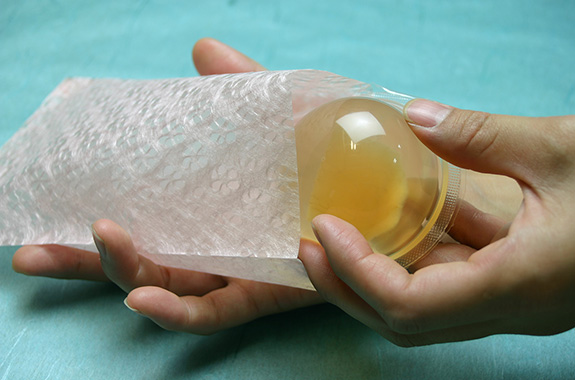
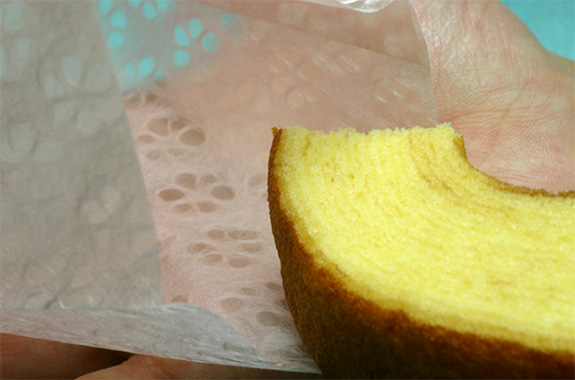
Laminating thin Japanese paper makes it convenient for use in packaging items that do not tolerate moisture.
There are two types of lamination processes: dry lamination, in which films are laminated together, and tapping (extrusion lamination), in which PE is coated. Dry laminates are waterproof and seal well when sealed, and the film materials used for lamination are diversified. Also, extruded lamination is less waterproof, but can be processed at a lower cost.
For flowers, laminate + small roll processing => wrapping material for potted plants and bouquets in stores
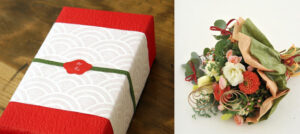
For confectioneries, laminate + bag making process => Seal packaging with Japanese confectioneries and oxygen absorber is possible.
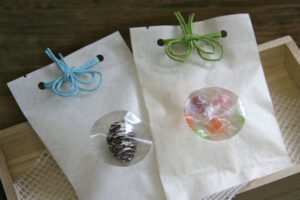
Laminating and cutting for fruits and vegetables ⇒ Wrapping paper for melons, etc. and wrapping materials for assembled products
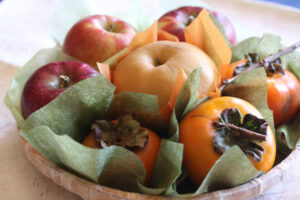
◆Minimum lot size for dry lamination is 940mm or less in width x 2000m~.
◆Minimum lot size for extrusion lamination is 600mm wide x 2000m~.
Related Products
-
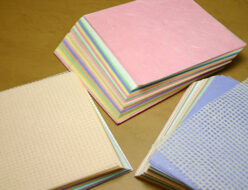
cut paper
We cut and process for small paper products such as candy wrapping paper, wrapping paper, letter paper, and kaishi paper.
-
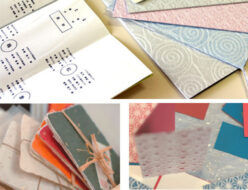
Lamination (laminated paper)
Processing to laminate thin paper with cardboard, card paper, votive paper, film, etc.
-
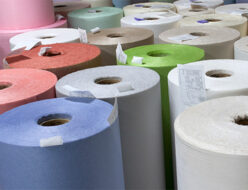
comic novel (Edo period)
Large rolls are useful for secondary processing such as bag making, cutting and winding, and for making large items such as kite making.
-
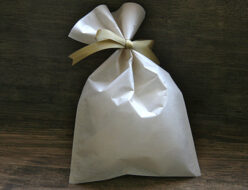
Bag processing
Bag processing is available.
-
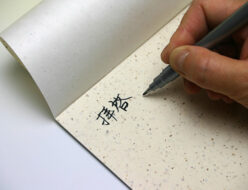
stationery
Washi from the Kusaki natural paper series can be used to make letterheads in A5, B5, A4, and other formats.
-
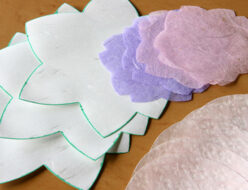
die cutting
Japanese paper can be die-cut for applications such as envelopes, paper coasters, and paper napkins with scalloped edges.






